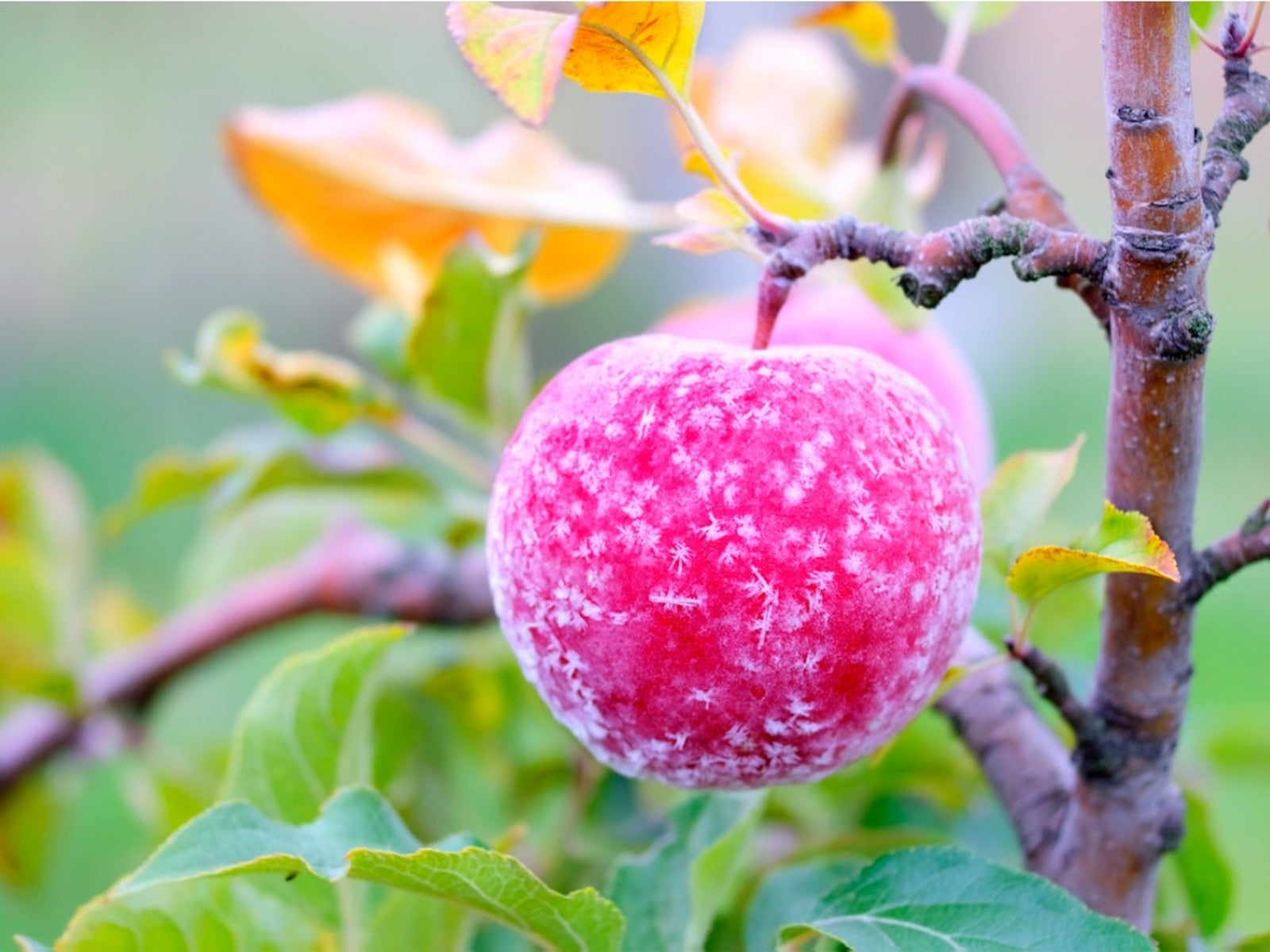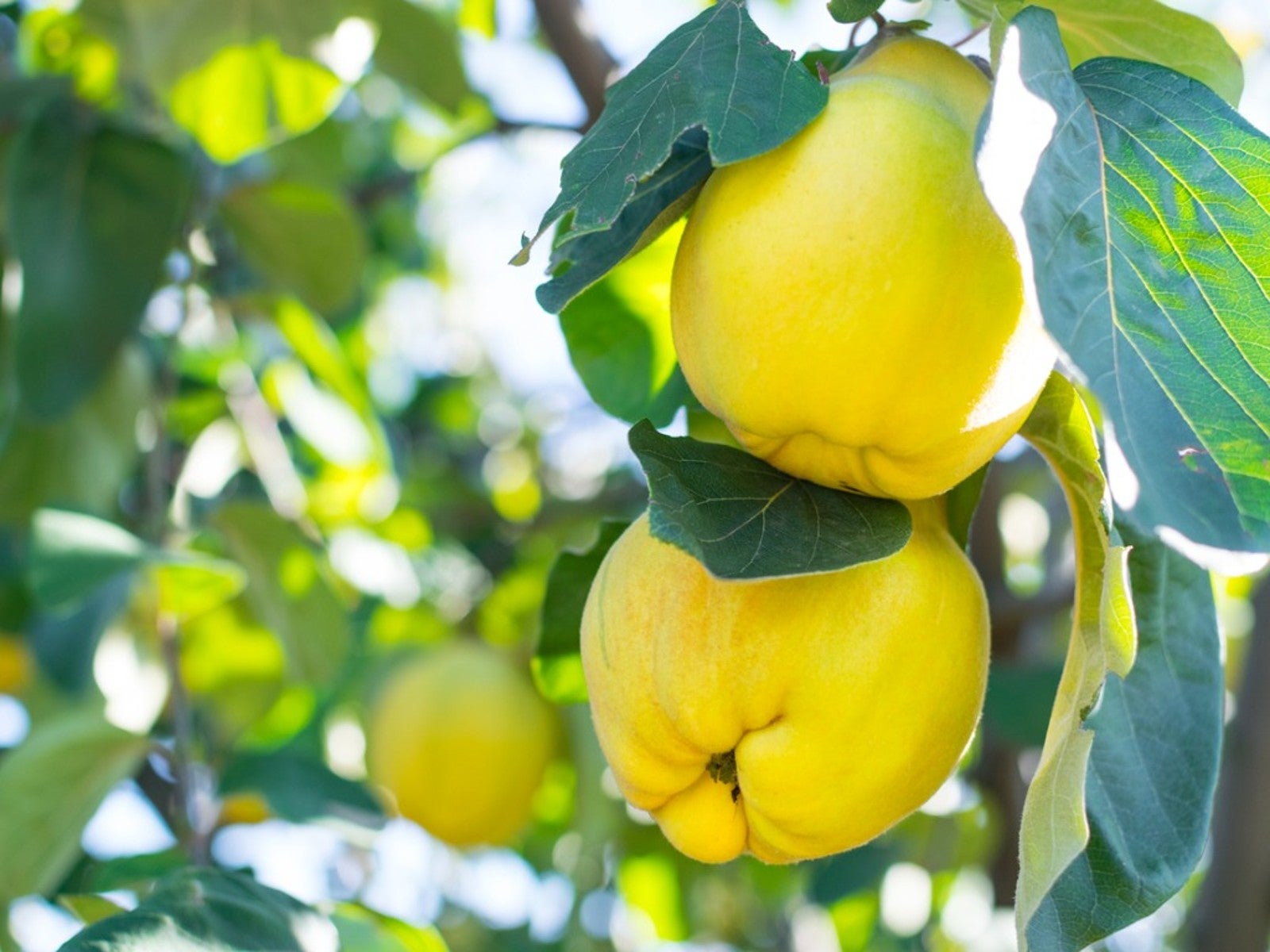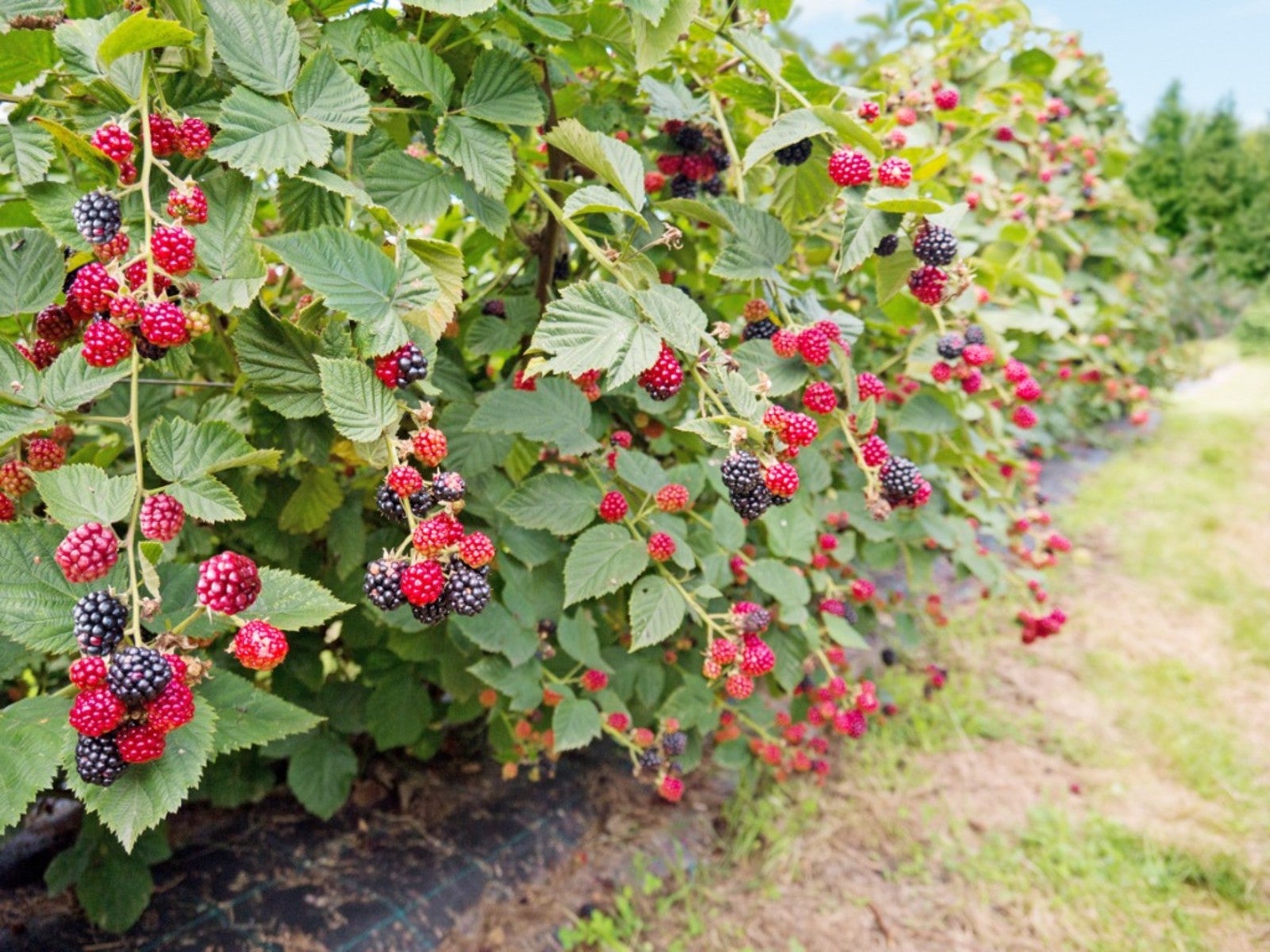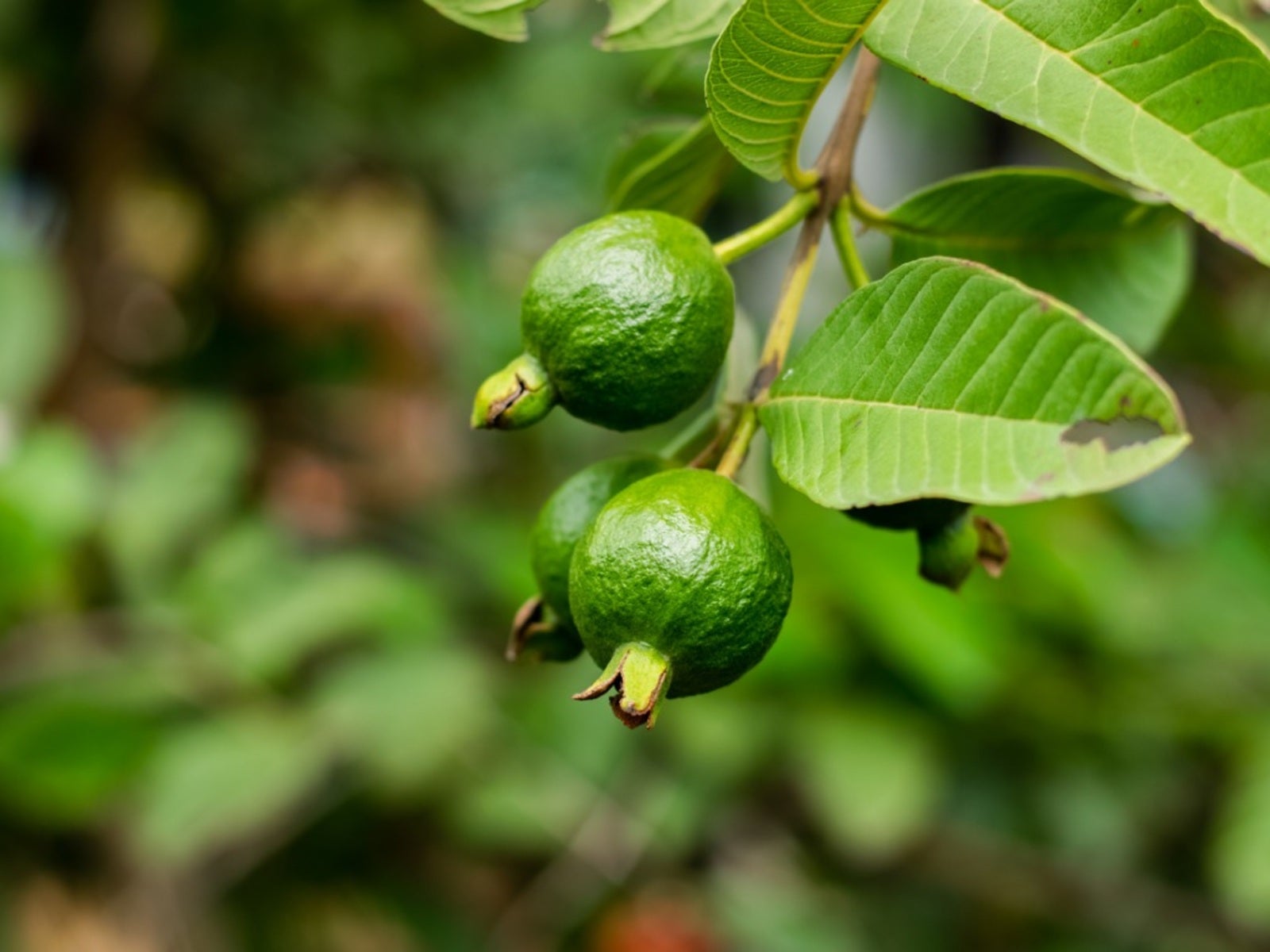What Is Parthenocarpy: Information And Examples Of Parthenocarpy


What do bananas and figs have in common? They both develop without fertilization and produce no viable seeds. This situation of parthenocarpy in plants can occur in two types, vegetative and stimulative parthenocarpy. Parthenocarpy in plants is a relatively unusual condition but it does occur in some of our most common fruit. What is parthenocarpy? This circumstance occurs when the ovary of a flower develops into a fruit without fertilization. The result is a seedless fruit. Read on to discover what causes parthenocarpy.
What is Parthenocarpy?
The short answer is seedless fruit. What causes parthenocarpy? The word comes from Greek, meaning virgin fruit. As a rule, flowers need to be pollinated and fertilized to create fruit. In some species of plants, a different method has developed, requiring either no fertilization or no fertilization and no pollination. Pollination is done through insects or wind and spread pollen to the stigma of a flower. The resulting action promotes fertilization which allows a plant to develop seeds. So how does parthenocarpy work and in what instances is it useful?
Examples of Parthenocarpy
In cultivated plants, parthenocarpy is introduced with plant hormones such as gibberellic acid. It causes ovaries to mature without fertilization and produces bigger fruits. The process is being introduced to all kinds of crops from squash to cucumbers and more. It is also a natural process as in the case of bananas. Bananas are sterile and develop no viable ovaries. They do not produce seeds, which mean they must propagate vegetatively. Pineapples and figs are also examples of parthenocarpy which occur naturally.
How Does Parthenocarpy Work?
Vegetative parthenocarpy in plants, like pear and fig, take place without pollination. As we know, pollination leads to fertilization, so in the absence of pollination, no seeds can form. Stimulative parthenocarpy is a process where pollination is required but no fertilization takes place. It occurs when a wasp inserts its ovipositor into the ovary of a flower. It can also be simulated by blowing air or growth hormones into the unisexual flowers found inside something called a syconium. The syconium is basically the flask-shaped structure lined with the unisexual flowers. Growth regulating hormones, when used on crops, also halt the fertilization process. In some crop plants, this also occurs due to genome manipulation.
Is Parthenocarpy Beneficial?
Parthenocarpy allows the grower to keep insect pests from their crop without chemicals. This is because no pollinating insect is required for fruit formation so the plants can be covered to prevent the bad insects from attacking the crop. In the world of organic production, this is a significant improvement from the use of even organic pesticides and improves crop yield and health. Fruits and vegetables are bigger, the growth hormones introduced are natural, and the results are easier to achieve and more healthful.
Gardening tips, videos, info and more delivered right to your inbox!
Sign up for the Gardening Know How newsletter today and receive a free copy of our e-book "How to Grow Delicious Tomatoes".

Bonnie Grant is a professional landscaper with a Certification in Urban Gardening. She has been gardening and writing for 15 years. A former professional chef, she has a passion for edible landscaping.
-
 Looking For Plants To Give You The Soft And Fuzzies? Try These 5 Fuzzy Leaf Plant Options
Looking For Plants To Give You The Soft And Fuzzies? Try These 5 Fuzzy Leaf Plant OptionsLovers of texture, drama, silver foliage and tactile plants will adore these special sensory garden additions. These fuzzy leaf plant options will leave you all aglow
By Susan Albert
-
 Get Ready For A Summer Of Hummers! Grow These Full Sun Hummingbird Plants and Flowers
Get Ready For A Summer Of Hummers! Grow These Full Sun Hummingbird Plants and FlowersIf you’re lucky enough to enjoy a sunny backyard, make sure you are maxing out on your pollinator opportunities and grow these full sun hummingbird plants and flowers
By Tonya Barnett
-
 How To Protect Fruit Trees From Frost And Freeze
How To Protect Fruit Trees From Frost And FreezeChoosing fruit trees appropriate for your growing zone is best, but you still may need to protect them from extreme cold. Read how.
By Bonnie L. Grant
-
 Best Plants For Late Summer and Fall Fruit Harvest
Best Plants For Late Summer and Fall Fruit HarvestEven if you don’t have the optimal conditions for more common fruit trees, there are other end of summer fruits to enjoy.
By Teo Spengler
-
 Best Native Fruit Trees To Support Wildlife
Best Native Fruit Trees To Support WildlifeIf you want trees that will attract and feed wildlife, learn the best kinds of edible fruit and nut trees to plant for inviting specific creatures.
By Teo Spengler
-
 Orange Fruit Varieties: Growing Fruits That Are Orange
Orange Fruit Varieties: Growing Fruits That Are OrangeOrange colored fruit isn’t limited to the citrus orange. There are plenty of other orange colored fruit varieties, each packing a healthful punch. Read on for more.
By Amy Grant
-
 Everbearing Plants: Learn About Everbearing Varieties Of Fruit
Everbearing Plants: Learn About Everbearing Varieties Of FruitWhat does everbearing mean? And more importantly, how do everbearing varieties differ from non-everbearing types? Read on for more.
By Laura Miller
-
 Plant A Red Fruit Garden: Growing Fruits With Red Flesh
Plant A Red Fruit Garden: Growing Fruits With Red FleshPlanting a red fruit garden may seem a bit whimsical. That is, until you realize the health benefits of consuming fruits with red flesh.
By Laura Miller
-
 Heat Tolerant Fruits - Growing Fruit In Hot Weather
Heat Tolerant Fruits - Growing Fruit In Hot WeatherSome fruit grows in extreme heat naturally. But there are also specially cultivated, heat-tolerant varieties. For more information on heat tolerant fruits, read on.
By Teo Spengler
-
 Yellow Fruit Varieties - Growing Fruit That Is Yellow
Yellow Fruit Varieties - Growing Fruit That Is YellowWhat fruit is yellow? There's more than the bananas at the supermarket. Try growing yellow fruit for a consistent supply of sunny food.
By Bonnie L. Grant